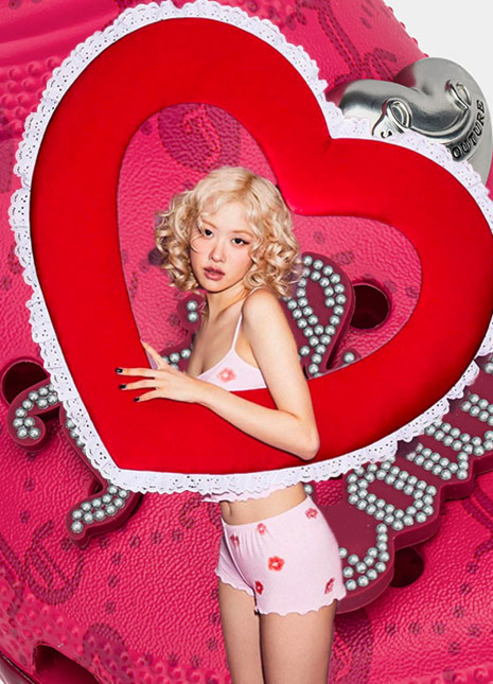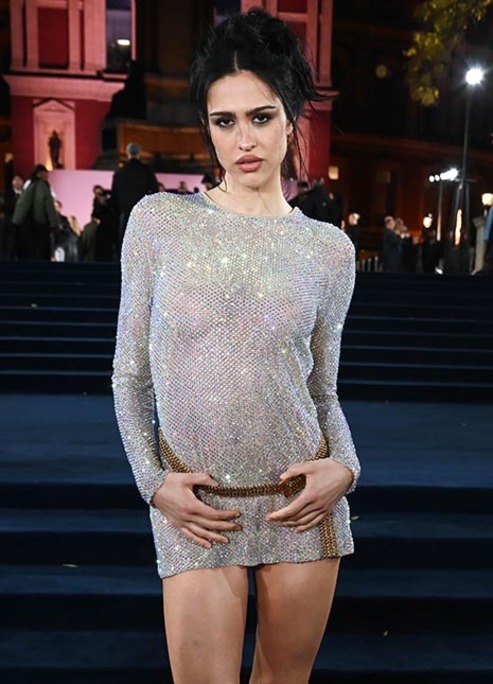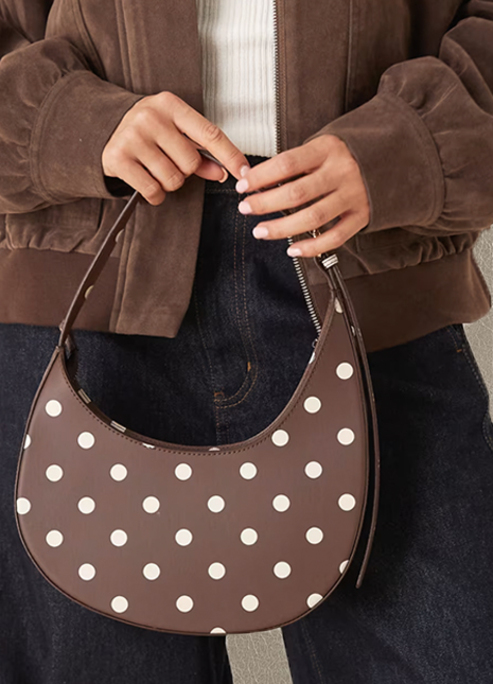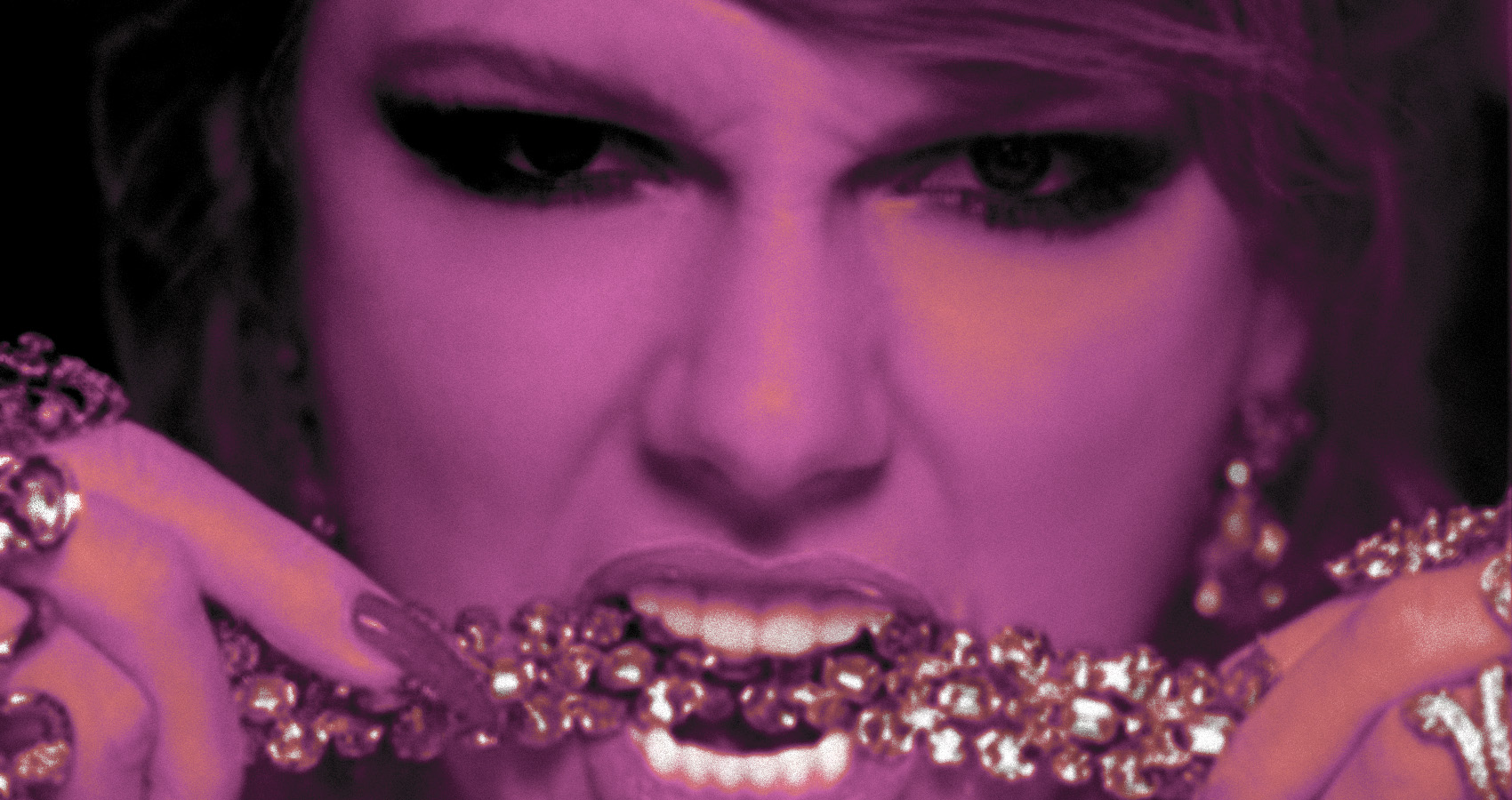
How Sew-On Crystals Transform Performance Outfits
Beyond the bling.
There’s something a little magical about the way stage lights hit a costume just right. One moment, you’re looking at sequins; the next, it’s a galaxy of reflections. That’s not just good lighting—it’s thoughtful costume design. And behind many of those captivating outfits lies a not-so-secret weapon: sew-on crystals.
These embellishments are more than decorative. In the world of performance—whether it’s competitive ballroom, contemporary dance, rhythmic gymnastics, or theatre—they help bridge the gap between movement and spectacle. But how, exactly, do they pull that off? And why are sew-on crystals seeing a revival in everything from amateur productions to world-class performances?
Let’s stitch into that.
Why Movement Needs More Than Fabric
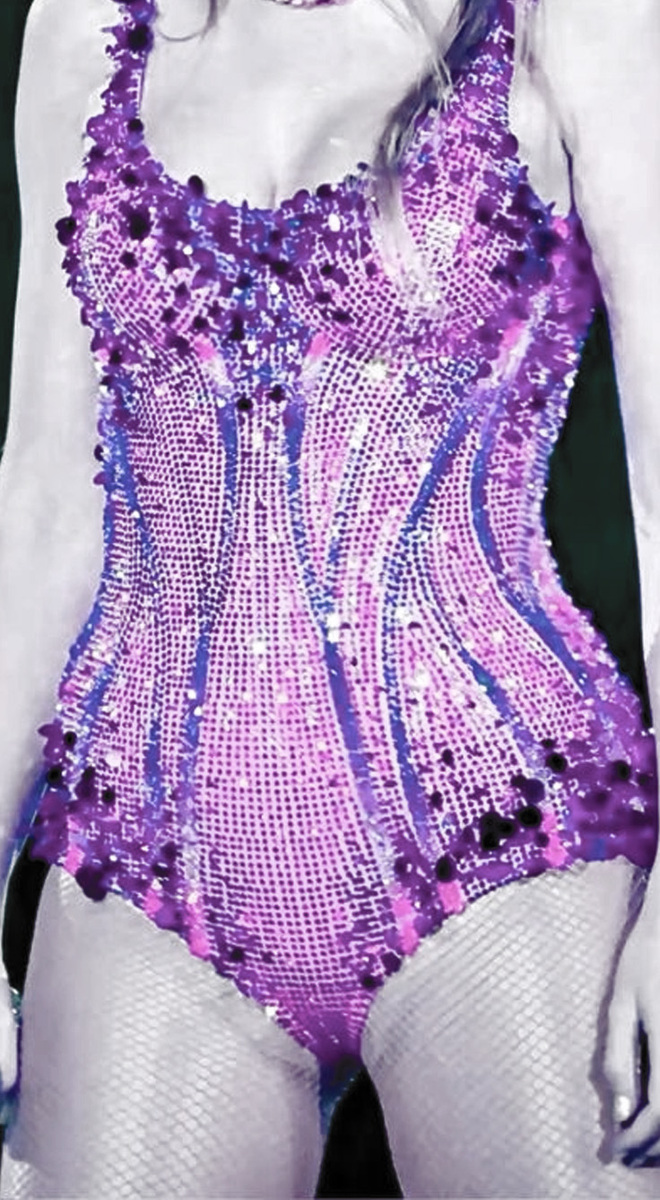
Fabric is foundational, sure—but it’s static. Even the most breathable mesh or flowing chiffon can only tell part of the story. Crystals, when applied intentionally, change everything.
They play with light. They trace the dancer’s lines. They guide the audience’s gaze. In live performances, clarity of movement matters almost as much as precision. And when a figure is in constant motion, tiny reflective surfaces can act as visual cues, reinforcing choreographic accents or syncing with musical beats.
But it’s not just about visibility from the back row. It’s about drama. About telling a story with materials. A dancer turning under a spotlight might look technically flawless—but when that same spin is accompanied by a sudden flash from a crystal-lined sleeve? That’s when the gasp comes.
The Case for Sew-On Crystals Over Glue-Ons
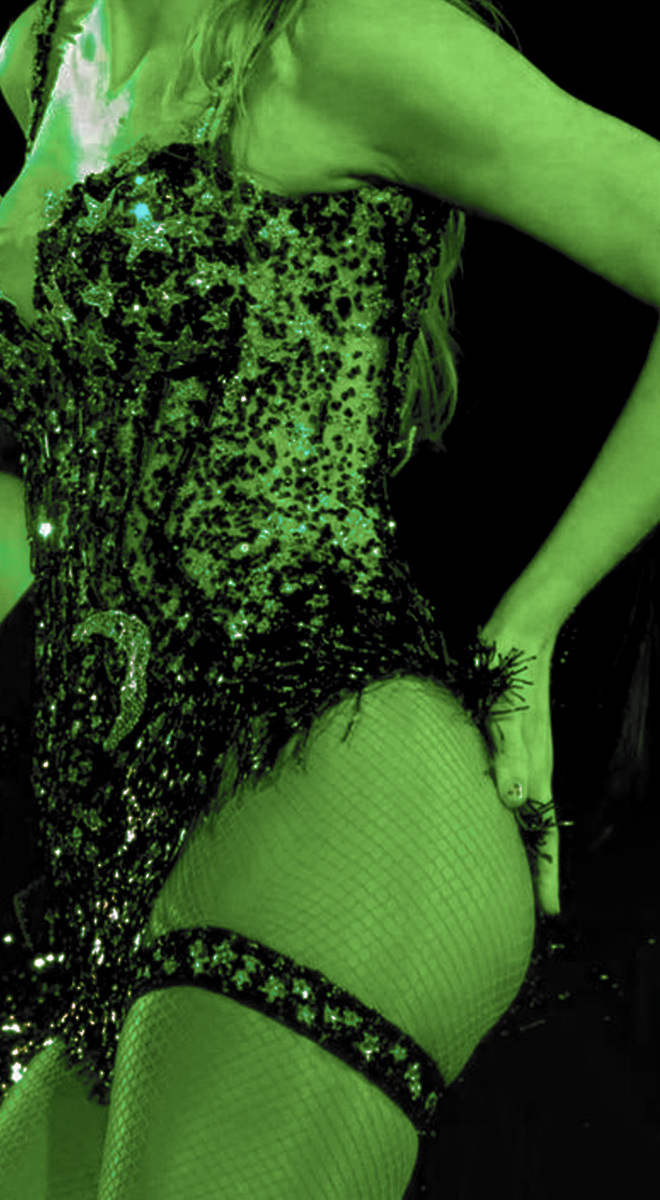
Not all sparkle is created equal. While glued rhinestones have long been a favorite, they can be temperamental—particularly in high-sweat, high-movement scenarios. Enter sew-on crystals: a more durable, often more elegant alternative.
Brands like Swarovski have dominated this space for good reason. Their sew-on stones are precisely cut and engineered for brilliance, but they also come with practical perks: pre-drilled holes, stable backing, and a lower likelihood of detachment mid-pirouette.
They’re also perfect for adding sparkle to dance costumes without compromising the fabric’s flexibility or weight balance. You don’t want a costume that throws off your center of gravity—and while glue can sometimes clump or stiffen a stretch panel, stitching in stones allows for more controlled placement and flow.
More importantly, sew-ons hold up. They’re built to withstand the rigors of rehearsal and the adrenaline of performance. In many cases, they even outlast the garment itself.
When Detail Enhances Storytelling
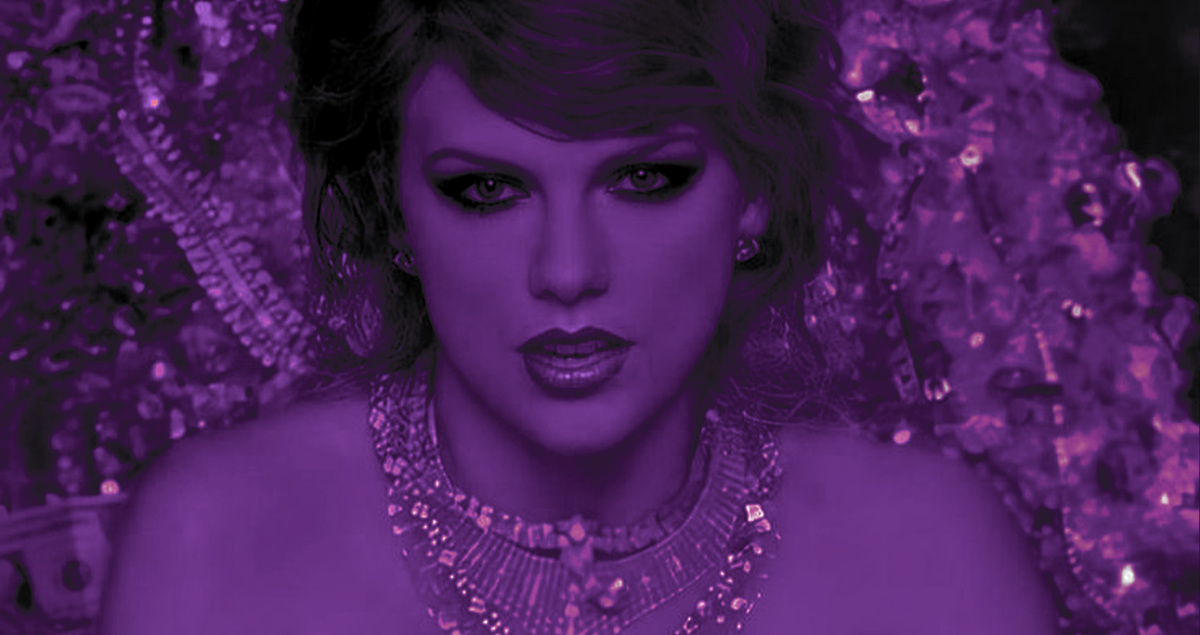
Costume design doesn’t exist in a vacuum. Every decision—cut, color, texture, embellishment—should feed the narrative. This is especially true in dance, where there’s often no spoken dialogue.
Take a lyrical solo, for instance. The choreography might explore themes of loss or longing. A flowing costume in muted tones might be a starting point, but tiny, scattered crystals can act like metaphorical tears, catching the light only when the dancer moves a certain way. Suddenly, emotion becomes visible.
In a Latin number, crystals might be densely packed on fringe or strategically aligned along the hips to emphasize isolations and rhythm. They don’t just shimmer; they punctuate.
Even in group routines, where uniformity is key, sew-on crystals can be used to highlight formation changes or draw momentary focus to a lead dancer. It’s costume as choreography support—and it works.
Customisation That Reflects Identity
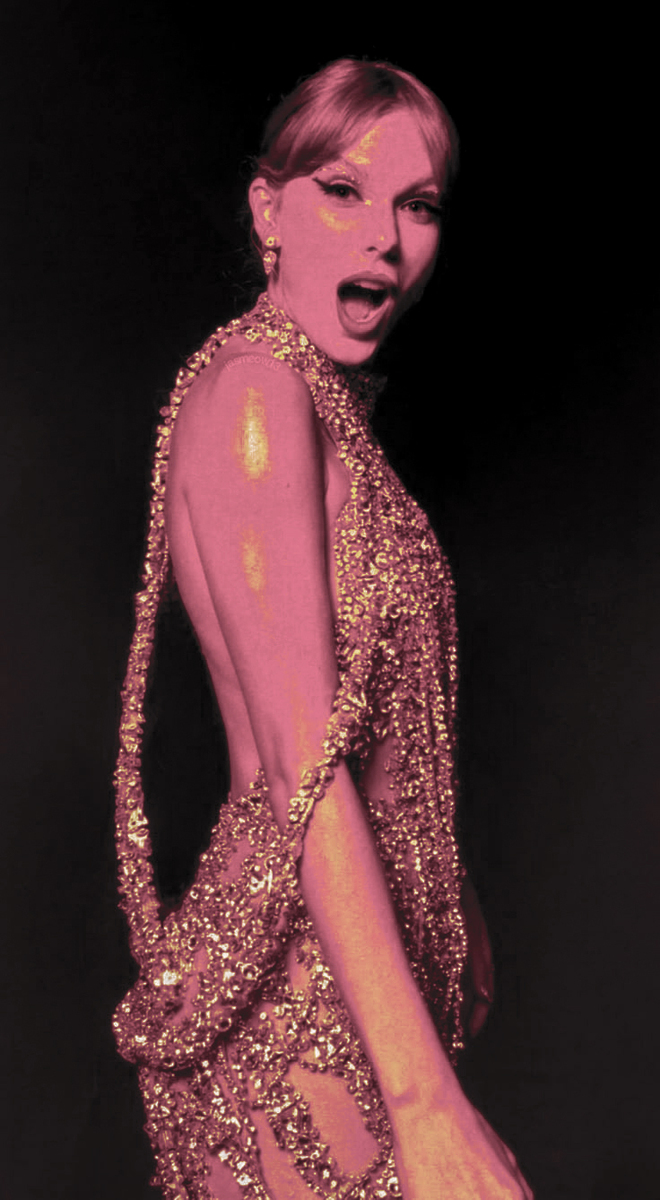
Another appeal of sew-on crystals lies in their variety. Shapes range from classic rounds to navettes, baguettes, and even abstract forms. Colors are virtually endless. This means designers can create signature looks that reflect a dancer’s personality or the mood of a piece—without veering into cliché territory.
For soloists especially, this level of customization is gold. The right configuration of stones can set you apart in a field of nearly identical leotards. It signals intention, artistry, and investment.
This isn’t to say more sparkle equals better performance. But in competitive circuits, judges aren’t just assessing movement. They’re reading the entire presentation, and costume—like it or not—is part of that dialogue.
Not Just for the Elite
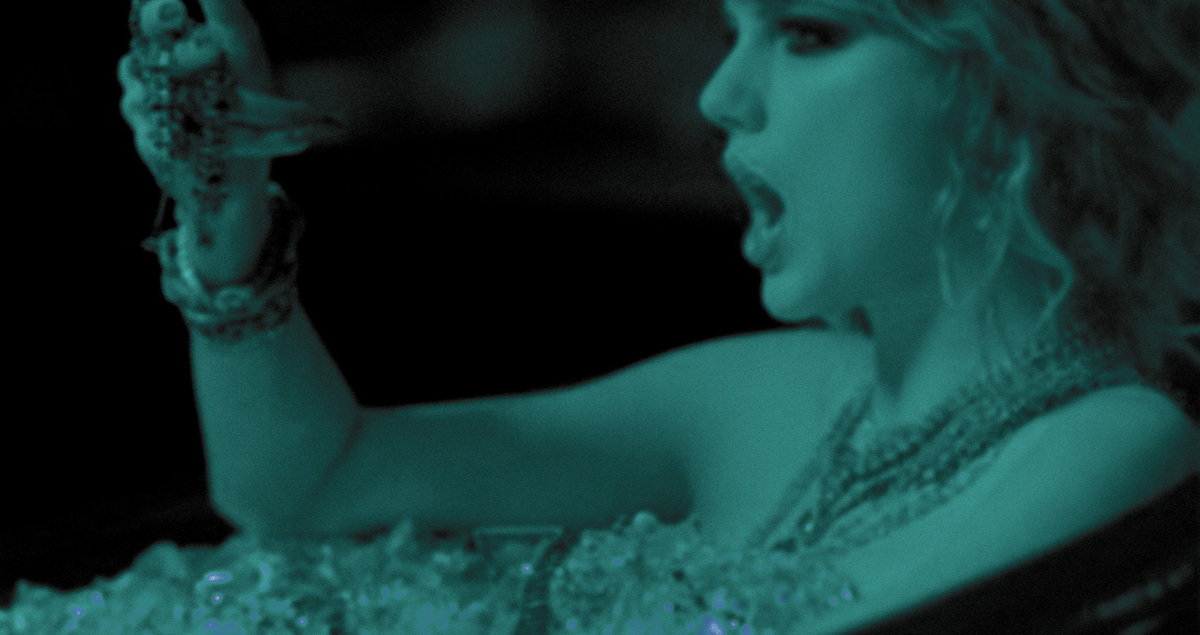
While the glamor of professional dancewear can seem out of reach for many hobbyists, sew-on crystals are surprisingly accessible. They require a bit more time and patience than iron-on or glue-backed alternatives, but for those willing to hand-stitch or invest in reliable tailors, the results are long-lasting and striking.
Many performers report that hand-finishing a costume is a meditative process—an extension of rehearsal, even. It builds connection to the outfit. And when you step onstage in something you’ve partly built yourself, the confidence boost is real.
The idea that only high-budget productions can sparkle is outdated. With the right tools and guidance, anyone can elevate their stage presence—and sew-on crystals are one of the simplest, most effective ways to do that.
Final Thoughts
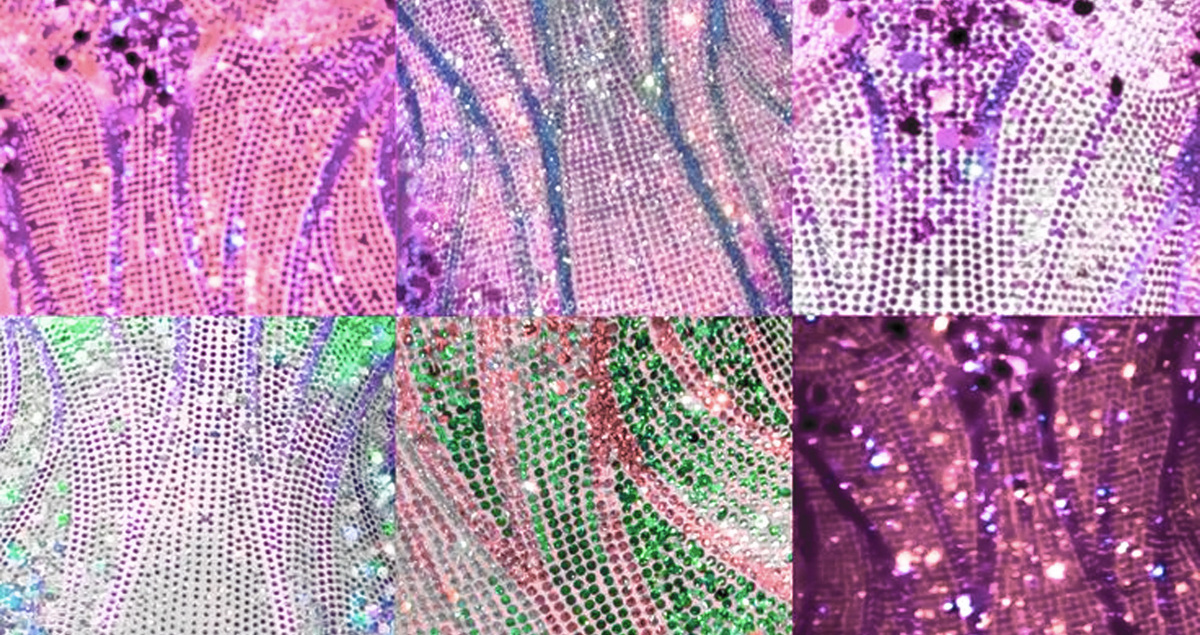
In the world of performance, the little things matter. A few stitches can mean the difference between a forgettable outfit and one that amplifies every movement. Sew-on crystals don’t just add visual flair; they serve the story, the choreography, and the artist behind it. In a space where every detail is a chance to connect with an audience, that’s not just sparkle—it’s strategy.



